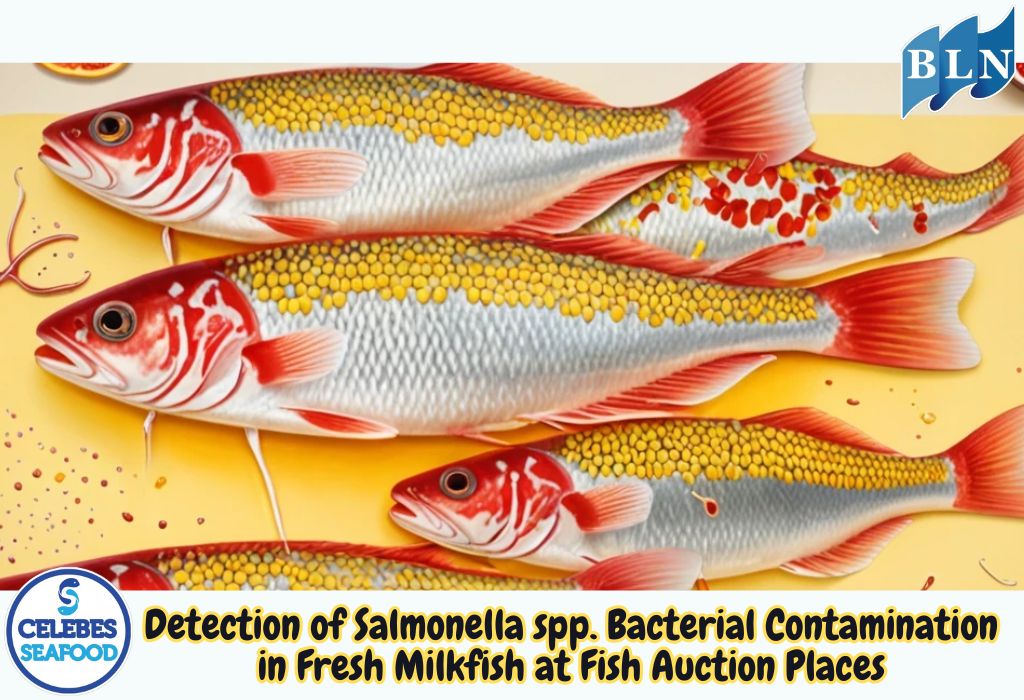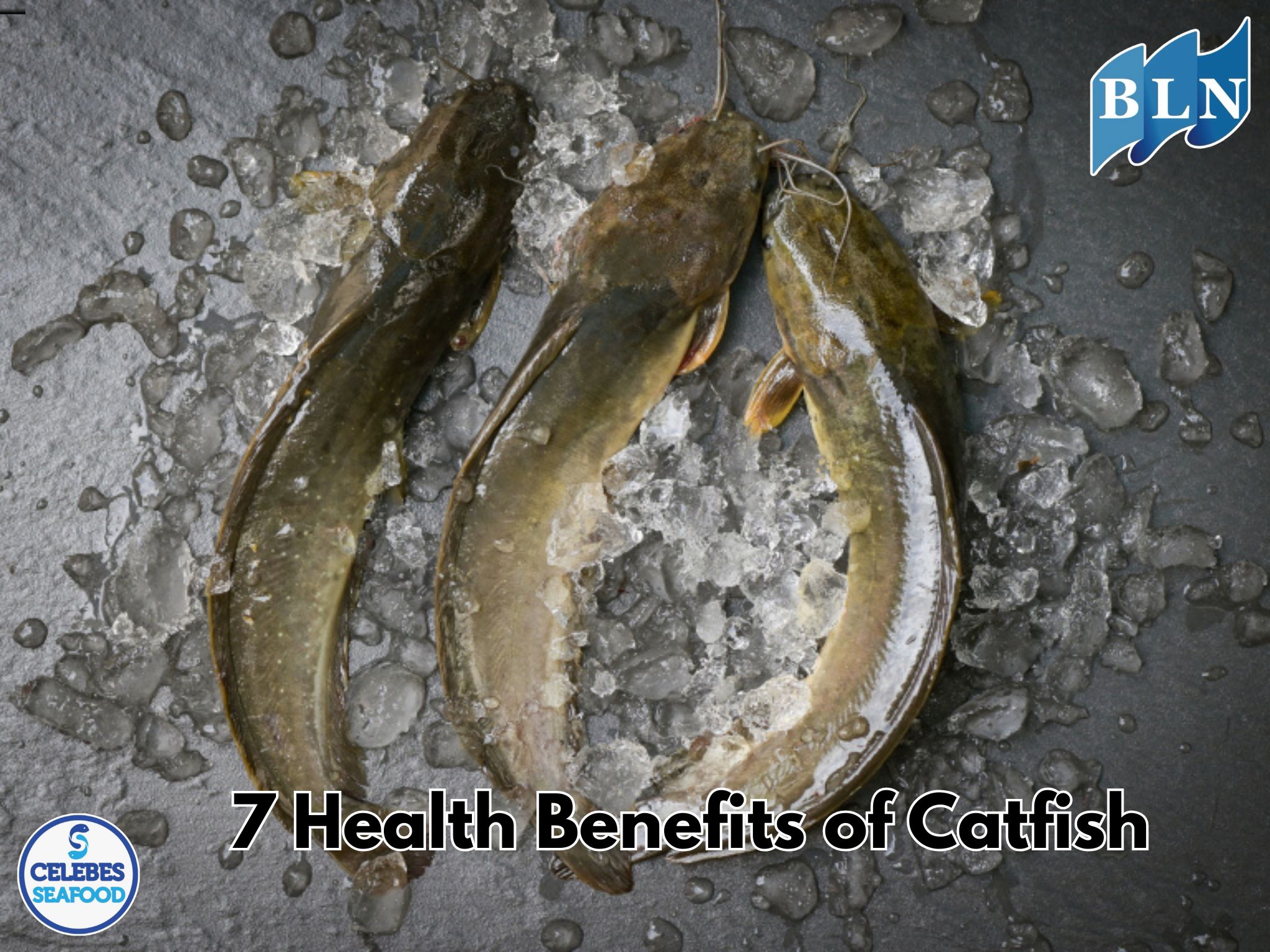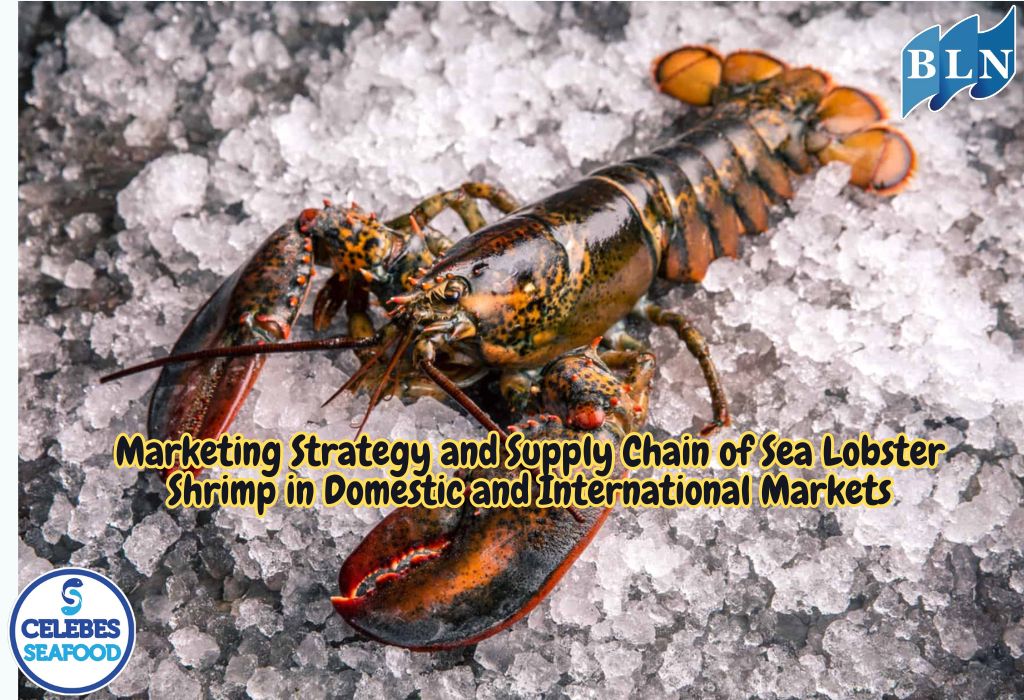Evaluation of Trophic Structure in Polyculture-Based Aquaculture Systems
By. Edi - 04 Aug 2025.jpg)
lautnusantara.comAquaculture is one of the main solutions to meet the increasing global demand for animal protein. Efficient and sustainable fish farming systems have become a major focus in this sector's development. One increasingly popular approach is polyculture-based aquaculture, a farming system that combines multiple aquatic species in one environment that complement each other ecologically.
In this system, understanding the trophic structure—the feeding relationships among organisms within an ecosystem—is very important. Trophic structure determines energy flow efficiency, ecosystem stability, and overall productivity of the farming system. Evaluating trophic structure in polyculture helps farmers select optimal species combinations and minimize competition between organisms.
2. The Concept of Polyculture in Aquaculture
Polyculture is a farming system involving more than one species, usually with different ecological functions or trophic positions. Common examples in Indonesia include:
-
Herbivorous fish (e.g., Nile tilapia)
-
Omnivorous fish (e.g., catfish)
-
Carnivorous or benthopelagic fish (e.g., catfish, shrimp)
The goal is to optimize the use of natural feed resources, such as plankton, detritus, and leftover feed, thus reducing waste and increasing productivity.
3. Trophic Structure in Polyculture Systems
The trophic structure in polyculture aquaculture is formed based on the trophic levels of each species:
-
Level I: Primary Producers
Phytoplankton, algae, and aquatic plants that produce energy through photosynthesis. -
Level II: Primary Consumers
Herbivorous fish such as tilapia that feed on phytoplankton and aquatic plants. -
Level III: Secondary Consumers
Omnivorous or carnivorous fish that feed on zooplankton, insect larvae, and small fish. -
Level IV: Detritivores and Decomposers
Organisms such as shrimp and snails that consume detritus or dead organic material, helping recycle nutrients.
An ideal polyculture creates an efficient energy and nutrient cycle, where no feed waste goes unused because it is consumed by other species at different trophic levels.
4. Methods for Evaluating Trophic Structure
Evaluation of trophic structure can be conducted using several approaches, including:
a. Stomach Content Analysis
Examining the type and amount of food in fish stomachs to determine their trophic positions.
b. Stable Isotope Analysis (δ¹⁵N and δ¹³C)
Used to identify food sources and relationships among organisms within the food web.
c. Ecological Interaction Observation
Field observation of feeding behavior, growth, and competition among species.
d. Energy Flow Simulation Models (e.g., ECOPATH)
Mathematical models to calculate energy and biomass flow in ecosystem-based farming systems.
5. Results and Implications for Aquaculture Practice
Based on studies and field experiments in various regions, polyculture systems designed based on trophic structure show advantages such as:
-
Higher Feed Efficiency
Species combinations allow optimal utilization of natural feed and leftover feed. -
More Balanced Growth
Dominance by certain species is prevented due to reduced competition through trophic separation. -
Reduction of Organic Waste
Detritivores and filter feeders play roles in recycling aquaculture waste, maintaining water quality. -
Increased Economic Profit
Multiple commodities can be harvested in one cycle, increasing product diversification and added value.
6. Challenges and Constraints
Despite many advantages, there are several challenges in implementing polyculture systems:
-
Inappropriate Species Selection
Species with trophic levels too close may compete and reduce performance. -
More Complex Water Management
Different species may require different water quality conditions. -
Disease and Parasite Transmission
Different species can transmit diseases to each other if not well controlled.
If you are interested in our Coral Trout Fillet Skin On, CORAL TROUT WGG WHOLE GILLED GUTTED, TOMATO COD WHOLE GILLED GUTTED please do not hesitate to contact us through email and/or whatsapp.

.jpg)


.jpg)
 in Coral Reef Ecosystems.jpg)
.jpg)
